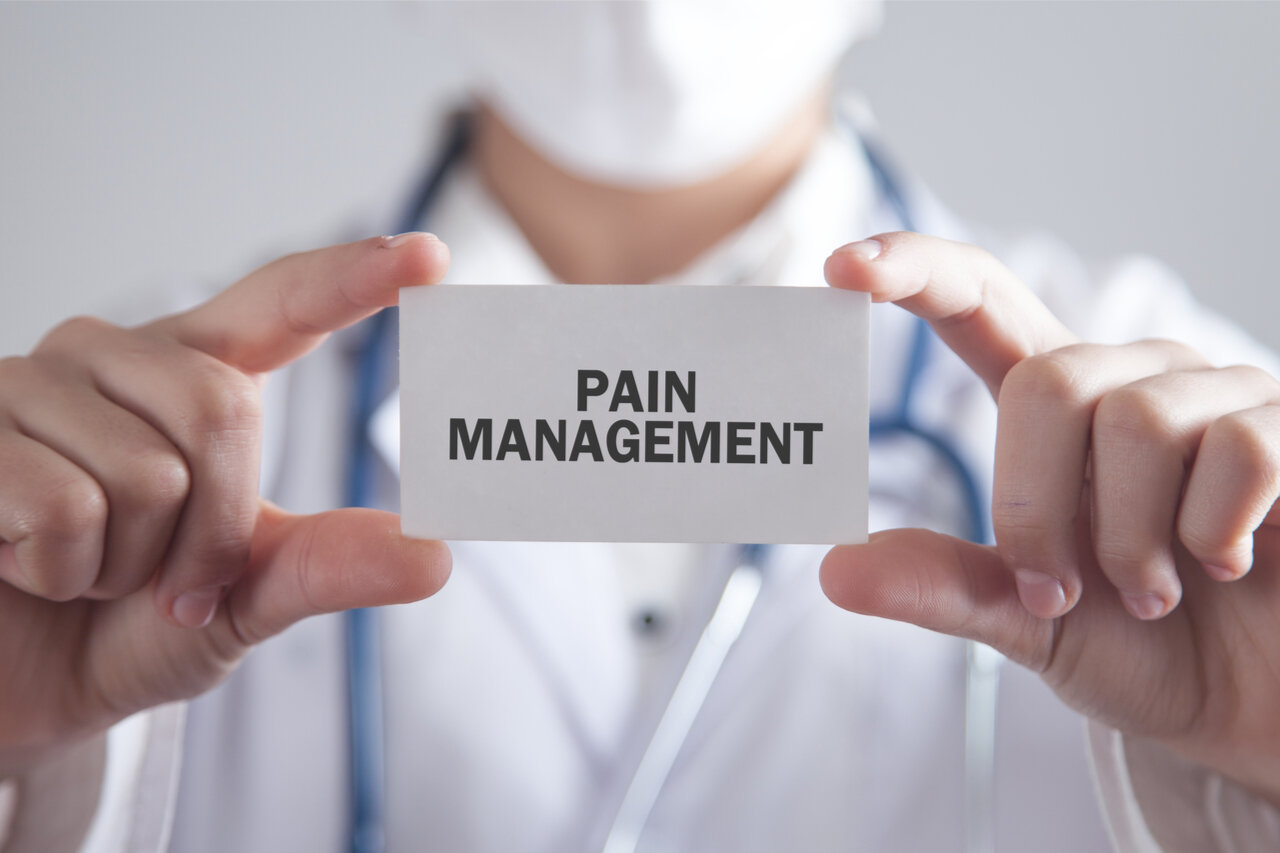In the world of pain management, specialists have more options than ever before. Traditional methods like medication and surgery still play a role, but many look to alternative therapies for added relief. These methods can help manage conditions such as degenerative disc disease oviedo. Doctors explore approaches like acupuncture, physical therapy, and yoga. Each offers unique benefits for easing chronic pain. Understanding these alternatives can open doors to new healing paths.
Acupuncture: Ancient Techniques Meet Modern Needs
Acupuncture, an ancient practice, involves inserting thin needles into specific points on the body. This method aims to balance energy flow or stimulate nerves and muscles. The National Institutes of Health supports acupuncture for pain relief, especially for conditions like back pain and osteoarthritis. It can help reduce pain levels and improve function. While not a cure, it can be an effective addition to a comprehensive pain management plan.
Physical Therapy: Building Strength and Flexibility
Physical therapy focuses on movement and function. Therapists design exercises to strengthen muscles and improve flexibility. This approach can support recovery and prevent further injury. Physical therapy is a common recommendation for pain management, particularly for those with chronic conditions. According to the Centers for Disease Control and Prevention, regular physical activity is crucial in managing arthritis and other painful conditions. By developing a tailored exercise plan, therapists help individuals reduce pain and enhance their quality of life.
Yoga: Harmonizing Body and Mind
Yoga combines physical postures, breathing exercises, and meditation. It promotes overall well-being by increasing flexibility, strength, and balance. Research from Harvard Medical School shows yoga can reduce chronic pain and improve mental health. Individuals who practice regularly report lower stress and improved mood. Yoga offers a holistic approach to pain management, addressing both physical and emotional aspects.

Comparing Alternative Therapies
Each alternative therapy offers unique benefits. Understanding these can help in choosing the right one for your needs. Below is a comparison of acupuncture, physical therapy, and yoga:
| Therapy | Main Benefits | Ideal For |
|---|---|---|
| Acupuncture | Pain relief, improved nerve function | Back pain, arthritis |
| Physical Therapy | Strength, flexibility, injury prevention | Chronic pain, rehabilitation |
| Yoga | Flexibility, stress reduction, mental health | Chronic pain, stress-related conditions |
Integrating Alternative Therapies
Incorporating these therapies into a pain management plan requires collaboration. It’s important to discuss options with healthcare providers. They can help tailor therapies to individual needs, ensuring effective and safe implementation. Combining alternative therapies with conventional treatments often yields the best results. This integrative approach can lead to improved outcomes and enhanced overall well-being.
Practical Considerations
Before starting any new therapy, consider practical factors like cost, accessibility, and personal preferences. Some therapies might require specialized practitioners or facilities. Insurance coverage may vary, so it’s wise to check beforehand. Additionally, consistency and commitment are key to experiencing the full benefits of these therapies. Setting realistic goals and tracking progress can help maintain motivation and achieve desired results.
Conclusion: A Path to Relief
Alternative therapies offer promising options for pain management. Whether through the precise techniques of acupuncture, the targeted exercises of physical therapy, or the holistic practices of yoga, each can contribute to a better quality of life. By understanding these therapies and working with healthcare professionals, individuals can find a path to relief and well-being. Exploring and integrating these alternatives into daily routines can be a transformative journey towards less pain and more vitality.








